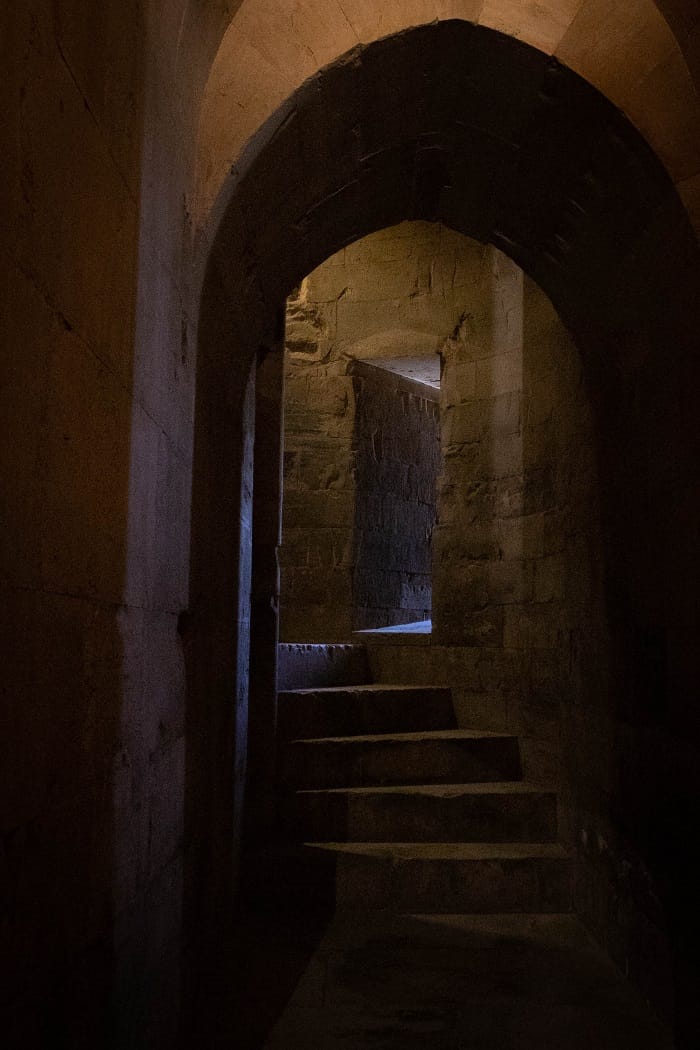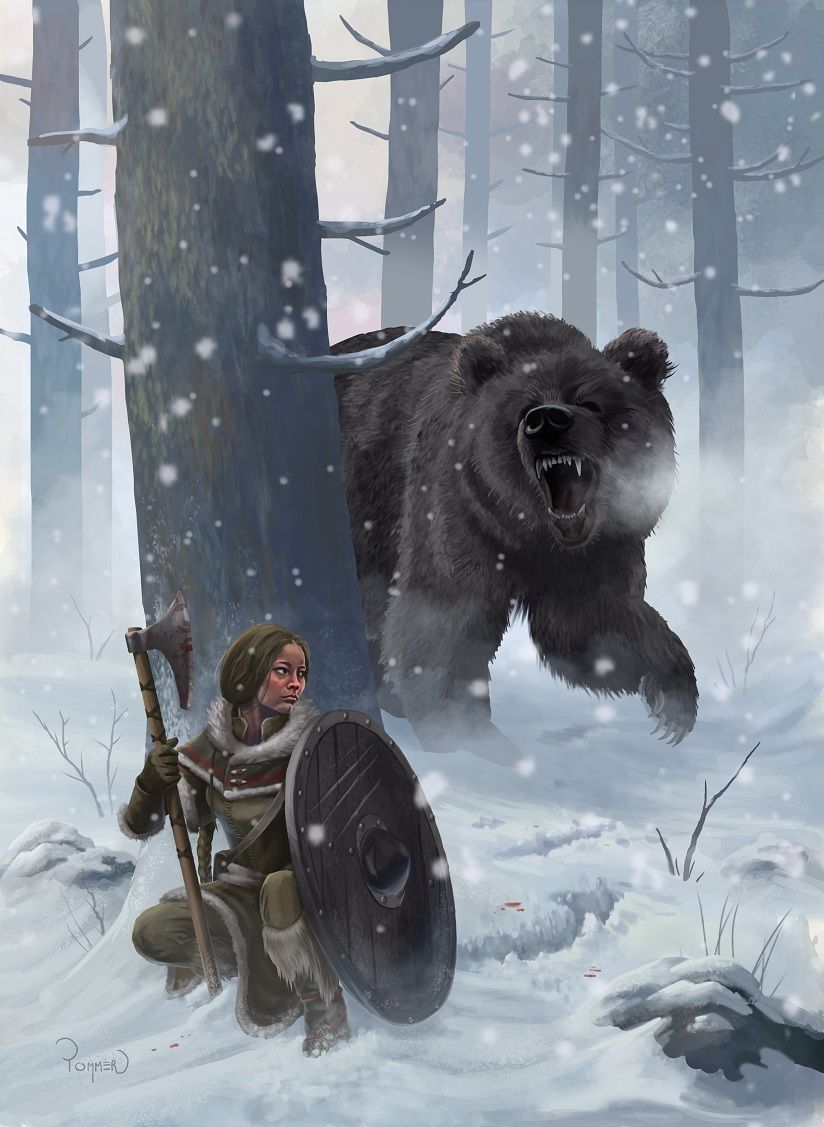Starting with encounter tables, I'm writing more about using random tables and generators in RPGs. First such article was Using Generators to Help Run RPGs
All the Encounters
Unintentionally my main DM's Guild products are random encounter tables using 2-20.
So here is advice on using the tables in general and for these tables in particular. Any feedback or your own ideas about encounters welcome in comments or at Rand Roll discord channel.
There is a DnD Encounters tool at Chaos Gen by terrain with locations, combat extras and creature purpose. Planning to expand into a fantasy one soonish.
Dice to Use for 2-20 tables
The default dice for these tables are 1d8+1d12. With two dice some results have a higher chance to occur. The most common results at 9-13, with values below and above this occurring less often. The least likely to occur are 2 and 20.
Other dice can also be used.
Using 1d20 gives more chance of dangerous and unusual encounters. Options for rolling a 1 include re-rolling, treat as n 11, combine two more rolls or simply choose a result.
Using 2d10 (2-20) has the same range as d8+d12. It has the advantage of using the same die type and changes the most common result to an 11.
Using 3d6 (3-18) or 2d6+4 (6-16) reduces the more dangerous and unusual encounters and results.
The smaller 2-10 tables use 1d4+1d6 with a range of 2-10. The most common results are 5-7. Alternate dice include 1d10 (with option of treating a 1 as a 6) or 2d4+1 (2-9)
Ways to Use Encounter Tables
There are a few options beyond just rolling up an encounter.
- Pick the result that is most interesting or makes sense.
- Plan for adventures by looking at monster groupings.
- Combine the results of two tables.
- Roll several encounters in advance and use as needed.
- Use them as a base to make your own encounter tables.
Types of Encounter
Encounters can go beyond combat. Use them to introduce...
- local creatures, NPCs or societies
- a source of information or someone to call on for help
- an encounter tied to a character, villain or subquest
- news about world events or local politics
- foreshadowing of future story or major events.
Encounter Frequency
Some groups use encounters when it feels right or when traveling. Others have a system depending on terrain, danger of the area and time of day.
For a quick result roll 1d20, with an encounter on a 16+. Consider rolling once a day, when they change environment or more often in exploration mode.
Simple Travel Encounters Table
For travel encounters this is a simple option. Roll 1d20, adding 1 per day of travel. If the die roll is an 11 then one encounter is an ambush or at night.
| 1d20 + days of travel | Number of Encounters |
|---|---|
| 1-10 | No encounters |
| 11-20 | 1 encounter |
| 21-30 | 2 encounters |
| 31+ | 3 encounters |
Ways to Use Random Encounters
Random encounters are a versatile tool that can surprise a group with the direction it takes the game. Use them for...
Changing the PaceEncounters can be used when something different is needed. Someone approaching when the party (or players) are taking a long time or distracted. A hostile encounter when they are spoiling for a fight, a friendly encounter if they are in safer lands.
A Taste of the SurroundingsIf they are traveling in a new terrain or area then consider using some creatures associated with that terrain. Show off things they won't find in other areas. Lizardfolk in the swamps, crabs on the coast. Hazards in dangerous areas, hostile encounters where foes are expected, non-combat encounters in safer areas?
Something UnexpectedYour players have done the unexpected. You need some time, to get to the end of the session or to process what's happened. Call a 5-minute break and roll / choose from the tables. Take what you like or use them to provide enough for an encounter.
Nothing PreparedYou need something to fill a game session or. For some groups a simple combat (or non-combat) encounter can keep a group occupied if you have nothing else to go on
A Sense of Progression..Perhaps you want them to feel a particular area is dangerous or that they are making progress in a journey or have entered a new type of terrain or area.
Modifying Encounters:
Extra tables can be used to customize encounters.
- Use Locations to add variety. Location Details to give a little more variety to your own descriptions. Use Combat Terrain for aggressive foes and to give inquisitive or tactical PCs something to work with.
- Encounters can be modified by adding more creatures
- Give them an activity or interesting twist is also good to give purpose or interest to a plain encounter.
- The Complications table is an all-rounder that suggests ways of tying an encounter to the terrain and demonstrating other tables.
- Items can be littered around the battlefield, or given to intelligent foes or used as treasure.
- NPCs might be prisoners, allies, guides, translators or simply nearby.
- Use humanoids as mercenaries, guards or travelers.
- At night some creatures are more likely to be found. Consider using the NPC or humanoid tables for intelligent foes or people in need. Non-combat encounters can also be adapted or tables such as Undead or Spirits used if available for the terrain.
Higher and Lower Level Parties
The encounter tables are created for a range of levels, but some combinations will be particularly deadly for lower level parties. Or not a challenge for some higher level parties, which isn't always a problem. For parties on the lower end of a tier (such as levels 4-6 of tier 2, which is levels 5-10) you can use the minimum number of creatures. Or the maximum for parties on the higher end of a tier.
Similar advice applies for parties with more or less characters that the average, or who are more powerful due to magical items or character optimisation.
Encounters can also be made easier for the characters by - adding allies - giving terrain advantageous to the characters - hindering the monsters in various ways such as lower morale, injuries or giving them distractions.
More Encounter Advice
If you liked these there are D&D Generators at Chaos Gen, a monthly random tools Newsletter and an instagram of Random Tables.


